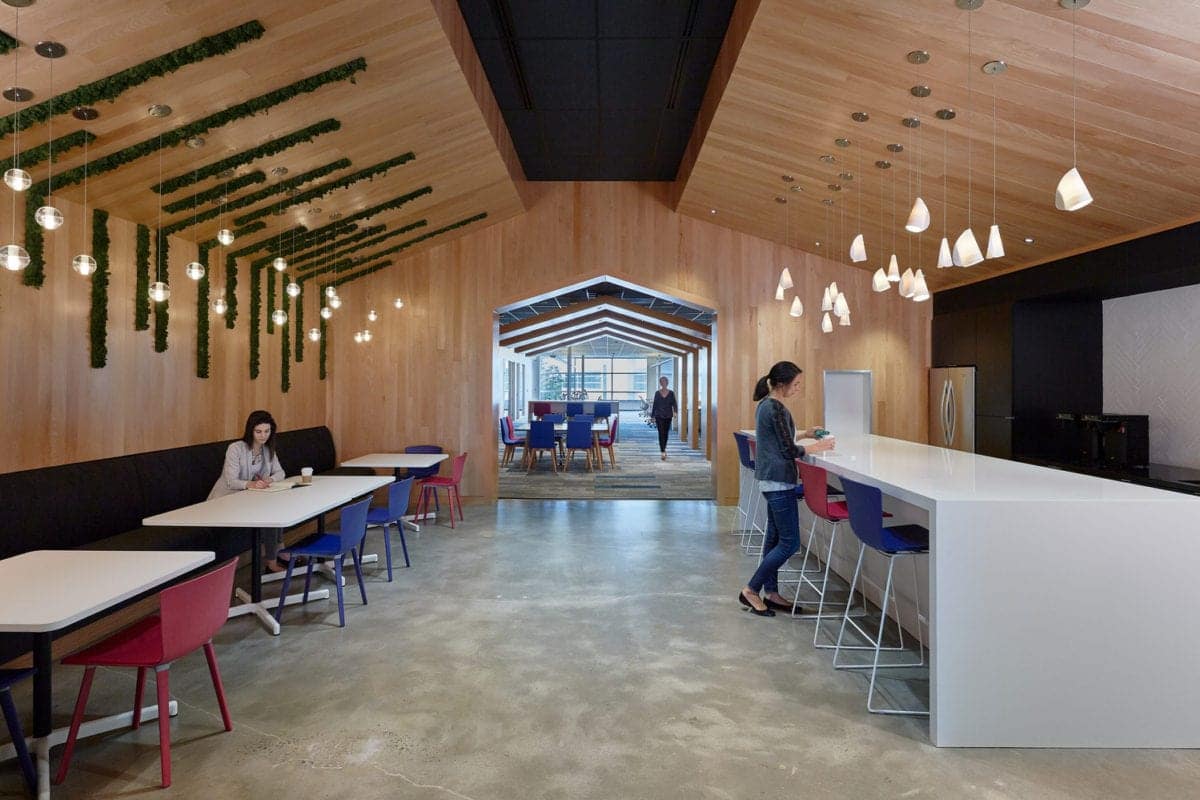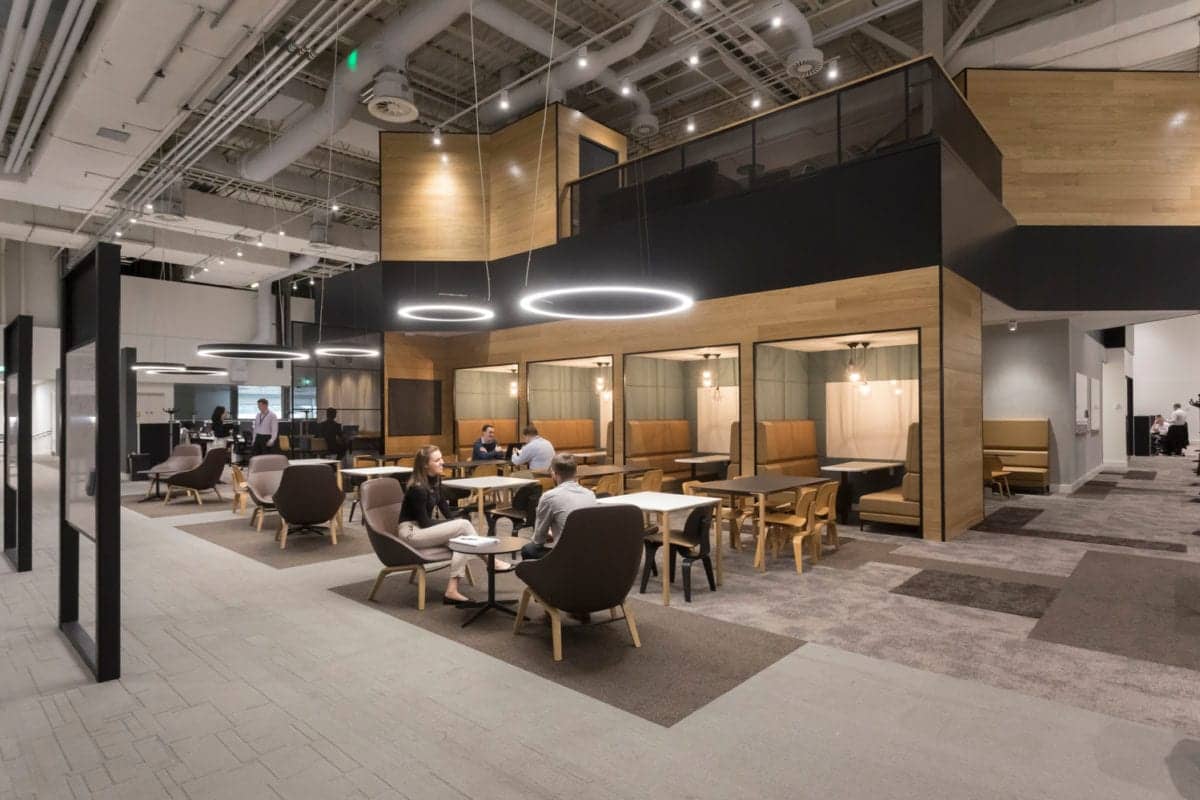More...
By Julia Leahy, IIDA, NCIDQ, LEED AP ID+C | Design Director and Workplace Strategist | December 5, 2017
Workplace stress - it's about health and the bottom line.
Who isn’t stressed these days? Work contributes to a significant source of stress for 60% of Americans. So much so that stress has been called the “health epidemic of the 21st century” by the World Health Organization. Not only does it impact peoples health, but job-related stress can be harmful to business. It currently accounts for an estimated $300 billion in U.S. industry costs annually, resulting from accidents, absenteeism, employee turnover, diminished productivity, direct medical, legal, and insurance costs. The epidemic of stress appears to be one of the most significant challenges facing businesses over the next decade.
Why are we all stressed out?
The causes of workplace stress vary widely. Much of this is because stress is very personal. While one person may become stressed by the severely monotonous qualities of working on an assembly line, another may find the same job predictably reassuring. Some commonalities stick out: perceived lack of control, workload, and digital communication overload. Workplace stress is a big, complicated issue and workplace design won’t solve on its own. But, as designers, there are steps we can take to create a less stressful environment for clients
Design for face-to-face interaction.
Imagine if a workspace could cut your email traffic in half. Wouldn’t that give you the time needed to tackle other work-related tasks? The importance of having collaboration space has long been acknowledged as a key to teamwork and innovation. These spaces are also an efficient forum for communication across multiple people and viewpoints. Reducing physical barriers and encouraging face-to-face interactions can curb endless email chains. Pharmaceutical company GlaxoSmithKline reported that ‘email traffic dropped by more than 50%” when they moved their employees from offices and high panel cubicles to a workspace with benching and a variety of open collaboration spaces. Beyond time spent responding to the daily barrage of digital communications we receive, the act of constantly checking for new messages puts us into a “high alert state”.
Talking more and typing less to reduce workload is only part of the equation. Face-to-face interaction itself can be a direct stress reducer. As humans, we are inherently social beings. New research from the American Psychological Association has shown that those who rely more frequently on digital mediums to connect on a social level also report higher rates of stress and anxiety. Years of evolution should not be ignored for the perceived ease of digital communication. Creating real connections with colleagues, cracking a joke to ease tension, and ‘humanizing’ our work can contribute to increased engagement and reduction in stress.
Design for user control.
Choice in where and how you work can contribute to an overall sense of control, another stress reducer. Providing spaces such as a quiet library zone for concentrative work, lounge space for a relaxed environment, and team based-space for communication and brainstorming are just a few options that allow user choice and control. Equally, creating ‘hackable’ workstations has become increasingly prevalent. This allows users to reconfigure and customize layouts to suit their everyday needs. While often thought of as just a perk, this sense of control may help lessen individual stress and anxiety.
Like What You See?
If you liked reading about how the workplace can be designed to reduce stress, then you'll probably enjoy learning about the influencers of wellness in 2018. Click below to read "Wellness in 2018: Community and Inclusion Drive Well-being".
A good workplace leads to good health!



